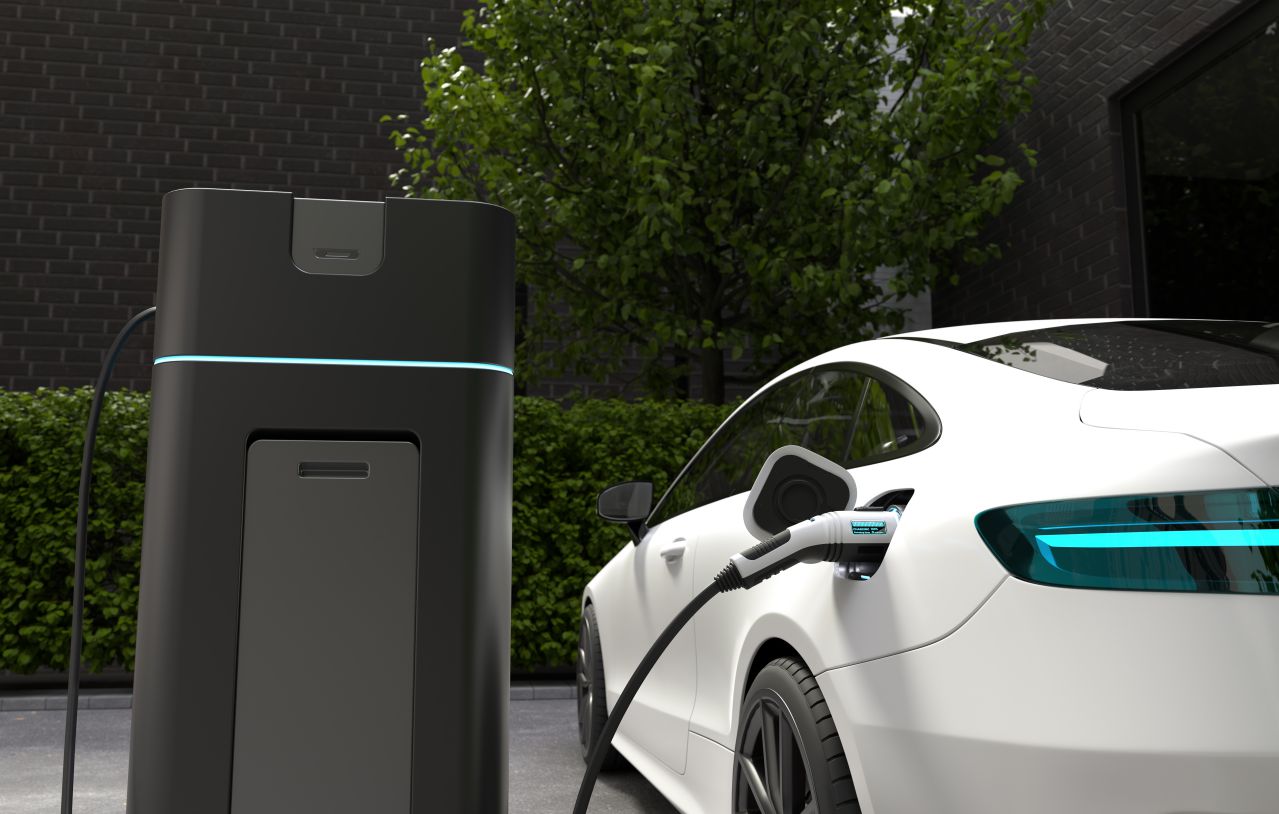Last Updated on November 21, 2023
Electric vehicles (EVs) are becoming increasingly popular as people become more aware of the environmental benefits of driving electric. EVs use electricity to power their motors, which means that they use a huge battery as their power supply.
There are many factors you should consider before buying your first EV, especialy EV car. We are here to give you insight about it.
Market state of EV, ICE, and Hybrid
Most cars today are internal combustion engine (ICE). Whereas, the Electric vehicles (EVs) and hybrid vehicles market is still in its early stages. However, the EVs and hybrid cars market share are growing rapidly. Because more people are becoming aware of the benefits of driving electric.
In 2021, global electric vehicle sales reached 6.6 million units, more than twice that in 2020. This growth is expected to continue in the coming years, as governments worldwide introduce policies promoting the adoption of electric vehicles.

Its growth is driven by several factors, such as government incentives, battery technology, and environmental awareness. Many governments offer incentives to electric vehicle buyers, such as tax credits, rebates, and free parking.
In the coming years, we can expect more growth as electric vehicles become more affordable and practical.
A. Support
A1. The availability of charging stations
One of the main challenges EV owners face is finding a place to charge their cars. The availability of charging stations is a key factor in the decision to buy an EV, as it affects the convenience, range, and cost of driving an EV.
Currently, based on survey in United States, Europe, and China, most of EV owners only have opportunities to charge both at home and at work. Fewer than 5% of them have access to public charging stations. However, the number and distribution of public charging stations differ significantly across regions and countries. Although United States, Europe, and China have high number of publicly available chargers (more than ~100k), these numbers are still cannot handle the growing demand for EVs. It depends on several factors, such as the charger type, usage pattern, battery size, and driving distance.

Therefore, you should be aware that EV charging is limited in many areas. Then, before making a purchase decision, you need to do a little research. You shoud consider the cost and availability of charging stations in your area and along frequent routes, including your home and workplace.
A2. Battery charging vs swapping
The convenience of electric vehicles (EVs) is undeniable, but the limitations of their battery life can be a deterrent for some. Currently, there are two primary methods for replenishing an EV’s battery: charging from outlets and battery swapping.
Charging from outlets is a suitable option for home or workplace use. But if you’re an apartment dweller or work in a building with limited EV parking, things can get tricky. lugging around extension cords and cables just to charge your car is definitely not a fun experience. It also becomes a significant inconvenience during long-haul trips, as it requires you to wait for several hours to fully recharge the battery.

In contrast, battery swapping offers an incredibly fast and convenient solution, allowing drivers to exchange their depleted batteries for fully charged ones within minutes. However, the widespread adoption of battery swapping stations is still in its infancy, with a limited number of stations available globally. This scarcity poses a challenge for EV owners who rely on this method for long-distance travel.
B. Your Budget
B1. Upfront and operating costs
The EV version of a car is always more expensive than the ICE version of the same car. It also depends on several factors, such as battery size, range, performance, features, and incentives. That said, in the same price range, you get more advanced and reliable features on ICE than EV vehicles.
However, the price per 100km of ICE gasoline is usually more than 2x as expensive as the electric vehicle of EV. Although, the average cost insurance for both ICE and EV cars is not much different.
B2. Maintenance cost
ICE and EV cars have the same components that wear out over time, brakes and tires. However, the two have different parts which require regular maintenance and replacement.
An ICE car has over 2000 moving parts, including the engine and transmission. It also has fluids like coolant and oil. Whereas, EV has expensive batteries that degrade over time and affect their range and efficiency. Furthermore, the EV batteries are nearly 50% of the car’s cost. Also, EV has more advanced electronic parts and frequently updated software, which affects their range and efficiency.
Remember, repair costs over the first five years of ICE and EV are not much different. However, after that, the frequency and cost of repairing EV will increase over time.
While upkeep is less, EV car depreciation after five years of ownership is higher than ICE. After five years, EVs may lose their value by around 65%, while ICE vehicles lose an average of 50%.
Therefore, before making a purchase decision, you should also consider the cost of owning that car over time.
C. Other factors to consider
C1. Durability of EV
The EV batteries will be deteriorated over time. Therefore, its range and efficiency will likely degrade over time.
EV cars are also less durable than ICE cars in terms of accident. Many recent reports show that even a minor accident can cause EV car to be totaled (can’t be repaired anymore). Because, the most important components in an EV are the battery, the slightest damage to the battery pack may lead the car to go straight to a junkyard.
C2. Planned obsolescence
Planned obsolescence is a strategy to design a product with a limited lifespan or functionality, encouraging consumers to buy new or upgraded versions. This practice has been used by various industries, such as electronics, fashion, and automobiles.
Whether in ICE and EV cars, the more sophisticated the features offered, the higher the risk of planned obsolescence being implemented.The most prone parts are the electronic and its software.
There is nothing wrong with a “planned obsolescence”, in which a company making a more effective and efficient device. However, it is unacceptable if some companies make something non-functional after a period when it would have been fine and force you to buy a new one.
For example, an EV company updated the software that cuts the battery range by 20%. Then, customers had to pay up to $15,000 to upgrade to new batteries.
Conclusion
In the end, whether you should buy an electric vehicle (EV) or not, it depends on many factors. For example, your personal preferences, budgets, and the availability of charging station in your area.
Yes, EVs have many advantages compared to ICE cars, but they also have disadvantages such as limited range and more expensive to buy an maintain. Therefore, you should consider these factors before making your decision.
Cover image taken from Freepik



